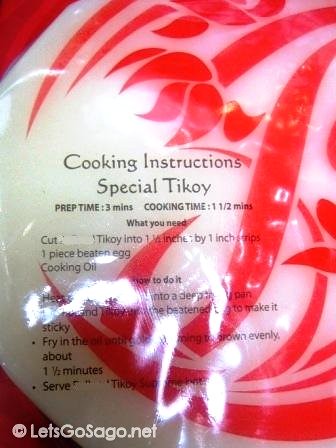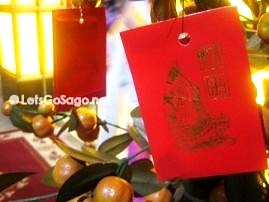Also known as sticky rice cake or pudding, cooking ‘tikoy‘ has been deeply embedded in the Chinese-Filipino culture in the Philippines, especially in the season of Chinese New Year.
Serving ‘tikoy‘ represents prosperity in Chinese belief that is why it is associated with the Chinese New Year. It serves good hope and a better life for the upcoming new year.
It is also said to enhance family bonding for the whole year hence the â€stickiness†of the rice cake. Therefore , whether you are Chinese or otherwise, receiving a ‘tikoy‘ as gift is said to be ‘good luck.’ The Chinese New Year this year will be on February 3, 2011. If you haven’t received one yet, you can buy one for yourself at Polland like how I featured their heart-shaped tikoy last year. Or you can simply cook one for yourself and your family. 🙂

Cooking & Preparing Your Tikoy for the Chinese New Year

Cooking & Preparing Your Tikoy for the Chinese New Year
How to Cook Tikoy
1. Crack and beat egg yolks in a bowl. A whole large-sized tikoy needs about 20 beaten egg yolks with albumen. For creamier preparations, use only the egg yolks, do not include the albumen (egg white); but you have to double the number of eggyolks.
2. Heat your pan with 1/4 cup cooking oil.
3. preferably beforehand, slice the tikoy into small 1 inch by 2 inches rectangles at about 1 centimeter thick. While doing this, start to heat your pan.
4. Dip the tikoy slices into your preparation of beaten egg yolks.
5. Place the tikoy one slice at a time in the pan if the oil temparature is already hot enough. Do not put a tikoy slice on top of another.
6. Cook each batch by about 2 minutes each side or until the egg coating has turned golden brown.
7. Take the tikoy from the pan.
Tip: My personal style is placing the tikoy in a plate with table napkin or clean, tough tissue paper where I could initially place the tikoy for some oil to settle and transfer. This makes your tikoy serving less sinful.

